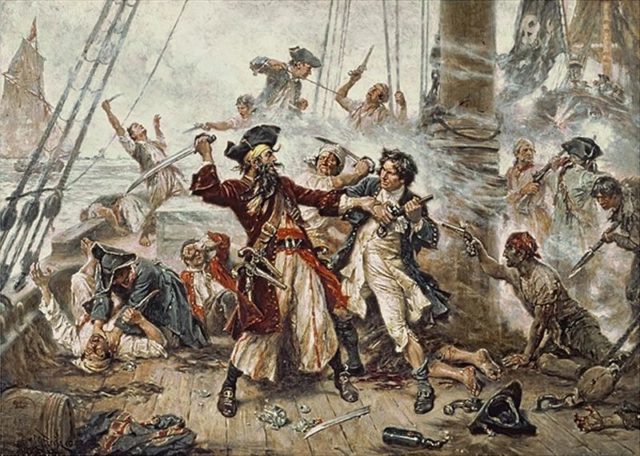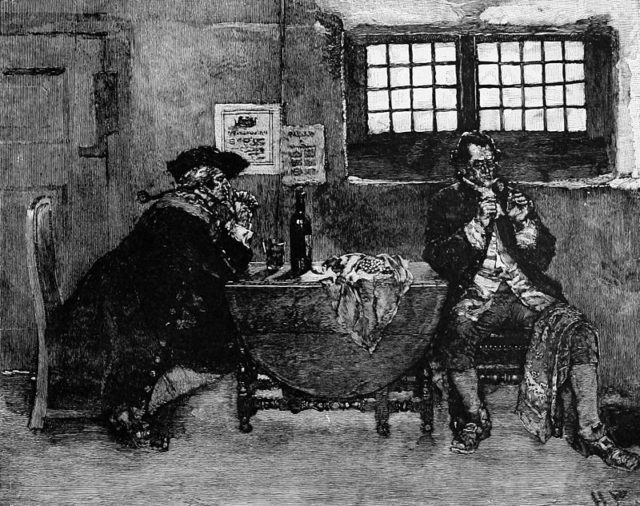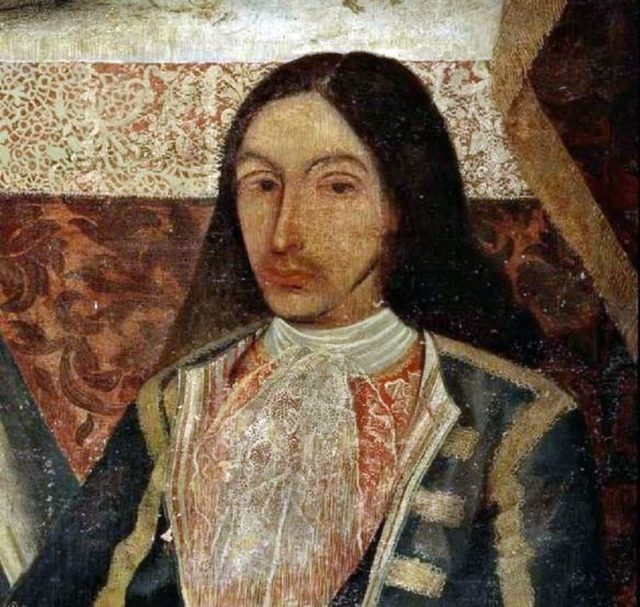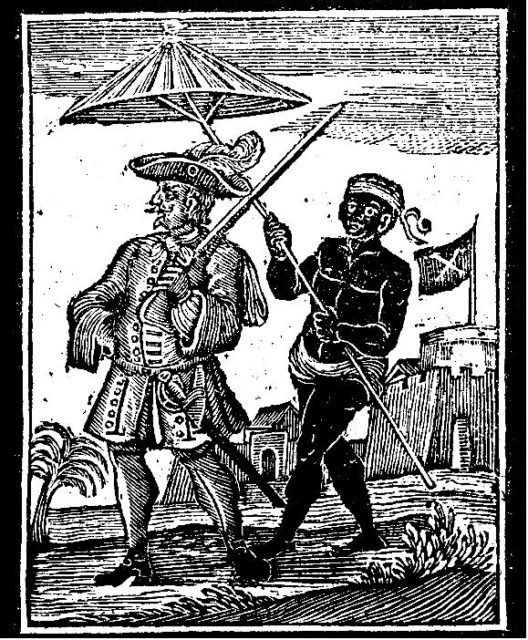Unlike in the movies where pirates have huge chests of golden doubloons, real pirates actually saw very little in the way of gold, silver, or jewels.
When you consider that in today’s worth a single Spanish doubloon would equal about seven weeks’ pay, they didn’t actually need many of those to be rich for quite some time. So what was the most common plunder they found? And did they really bury their treasure?

Pirates have been around for a long time, and many still sail the sea; however, they will never be as iconic as the pirates that sailed the seas between 1700-1725 in what is dubbed as the “Golden Age of Piracy”. Pirates roamed across the world’s oceans and seas – not just in the Caribbean but also the Atlantic Ocean, the Indian Ocean, and even into the Pacific Ocean. Here are some of the treasures they found.
Medicine was a highly prized item, as you can imagine, when out on the ocean with no easily available medical help. Medical equipment has been recovered from the sunken ship belonging to Blackbeard, which suggests that a healthy crew was very important.
Blackbeard had blockaded Charleston, and when he parleyed with the Governor, he demanded a medicine chest in exchange for his prisoners’ lives. The medicine chest was estimated to be worth to be 300 or 400 pounds. It is thought it would have held some of the following items: ointments made of myrrh, aloe, and frankincense, plasters, oils, pills, powders, and conserves inside.
To purchase one in 1650 would have cost between 23 and 130 pounds, depending on where it was purchased and what was in it. The one that Blackbeard received was known to have 121 unique medicines. Ships could be abandoned by the crew when there was no medicine chest on board and a person who knew how to use the items. On a ship, it was very close quarters, and small wounds were regularly sustained by the rough men. Anything contagious had to be stopped urgently.
Food and drink were important plunder for the pirates – being a known pirate would have made it challenging to go on shopping trips. They would collect whatever foodstuffs were aboard the ships they attacked. They might have hauled in eggs, sugar, rice, spices, chicken, brandy, and cocoa.
What they got depended on the particular ocean they were sailing and the type of ships they were plundering.Many of the ships were merchant ships, and if the victims were lucky, they were left enough food to see them to port. In times of need, fishing ships were also plundered, and the nets and tackle were taken as well as the fish in the holds.

When plundering merchant ships, the pirates were often picky about what they took – they knew what would sell and what wouldn’t. In pirate-friendly towns, there were merchants who would take stolen goods. The most popular goods in the 1700s were bolts of cloth, dyes, spices, sugar, cotton, tobacco, wood, and tanned animal skins. These were hauled in bulk, so they were found in such measurements as hogsheads and barrels and bales.
Unlike in the movies, pirates very rarely had ports or shipyards they could sail into for ship repairs. Repairs were often needed due to the environment and the type of work involved. They often needed new sails, ropes, and rigging and would take these directly from the ships they were plundering.
They would also take the masts, others parts of a ship, and wood for any on-board repairs for their own ship. Smaller items were also taken – things that we would take for granted such as soap, candles, thread, buttons, and scissors. Kitchen goods such as pots and pans were also useful for them. If the pirate ship was in really bad order, the pirates would simply swap ships, and that would mean the crew and passengers of the captured ship were also transferred.

Weapons were highly sought after by the pirates and if the captured ship had cannons, gunpowder, cannon balls, guns, and bullets they were quickly removed and stowed in the pirate ship’s hold. As you can imagine, pirates and ships without weapons weren’t going to be very effective on the high seas.
Tools were also taken and were highly prized items – pirates couldn’t often replace broken and lost tools, so they stripped the captive ships of anything that they could use for carpentry. Surgeon’s knives and navigational gear were also taken. A captive ship was essentially stripped to its bare bones.
The slave trade was rampant in the 1700s and slave ships were often raided. Some slaves may have been kept to sell or to replace lost men by working on the ship. But most of the time the slaves were left behind on the captive ships, as they could be quite hard to sell and they had to be fed and cared for.
Gold and silver and jewels? If they could be found then, yes, a pirate took them. Most ships had a little on board stashed away somewhere safe. The captains and crews were often tortured to help them reveal the whereabouts of such things. Anything that was taken was quickly spent in ports. Ships laden with treasure were rare and sometimes had an escort that could be impossible to get around. Some pirates were lucky, like Henry Avery who plundered the treasure ship from the Grand Mogul of India.
They got chests of gold, jewels, silver, and other items of value. Some finely-crafted weapons such as pistols and daggers were worth a lot when sold. Captain England captured a Portuguese ship after it was storm damaged; it was carrying diamonds that were divided between the ship’s crewmembers. Captain Kidd collected some nice treasure from the Quedah Merchant; this ship had silks, opium, iron, and cannons as well as gold and silver in its hold, About Education reported.

Did pirates bury treasure? Yes, some did, even if it was short term. Sir Francis Drake did – it’s known that once he buried gold and silver for approximately six hours. Captain Kidd buried some on Gardiners Island so it wouldn’t be lost if he was arrested.
Read another story from us: One of the few female pirates to sail the high seas – Anne Bonny
This is a treasure that is still being searched for today. Roche Brasiliano was another pirate who buried his loot; he revealed its hiding spot under torture by the Spanish Inquisitors. When you realize that a lot of pirate treasure was delicate and prone to spoil, you understand why it wasn’t worth the effort of hiding it.
